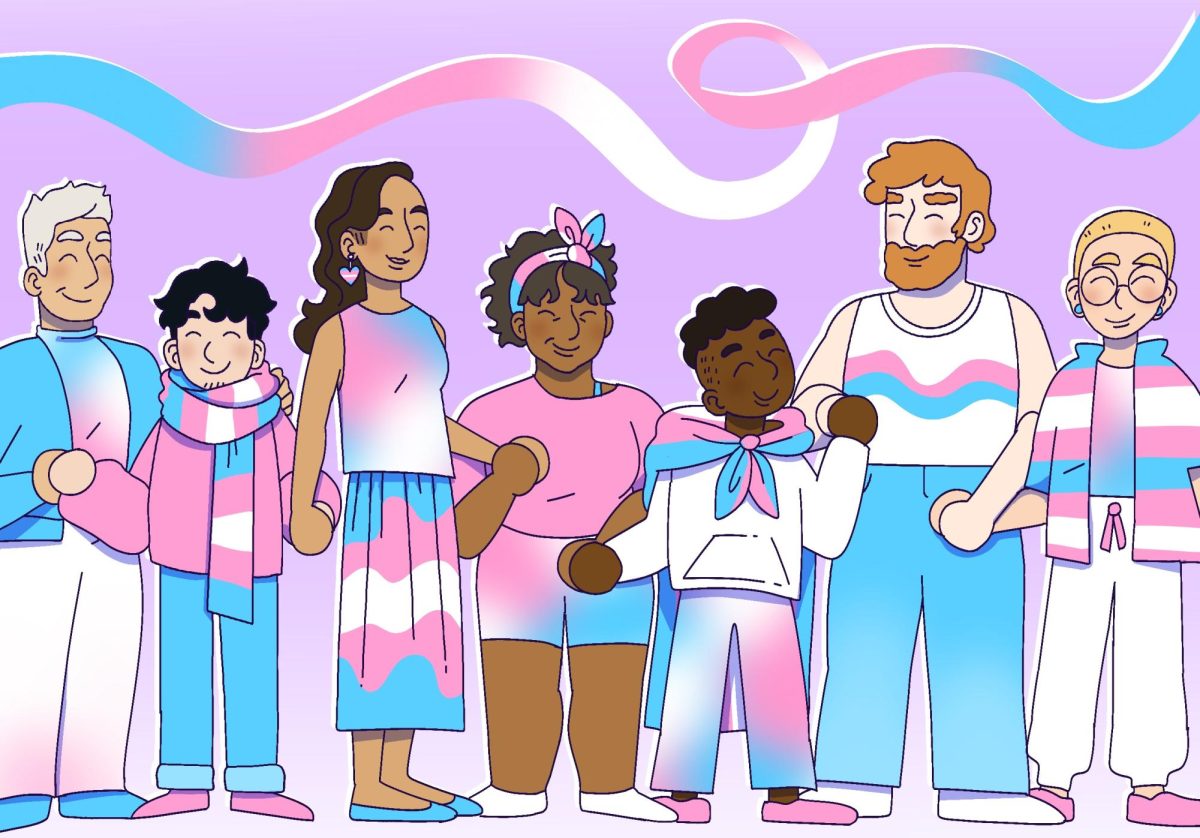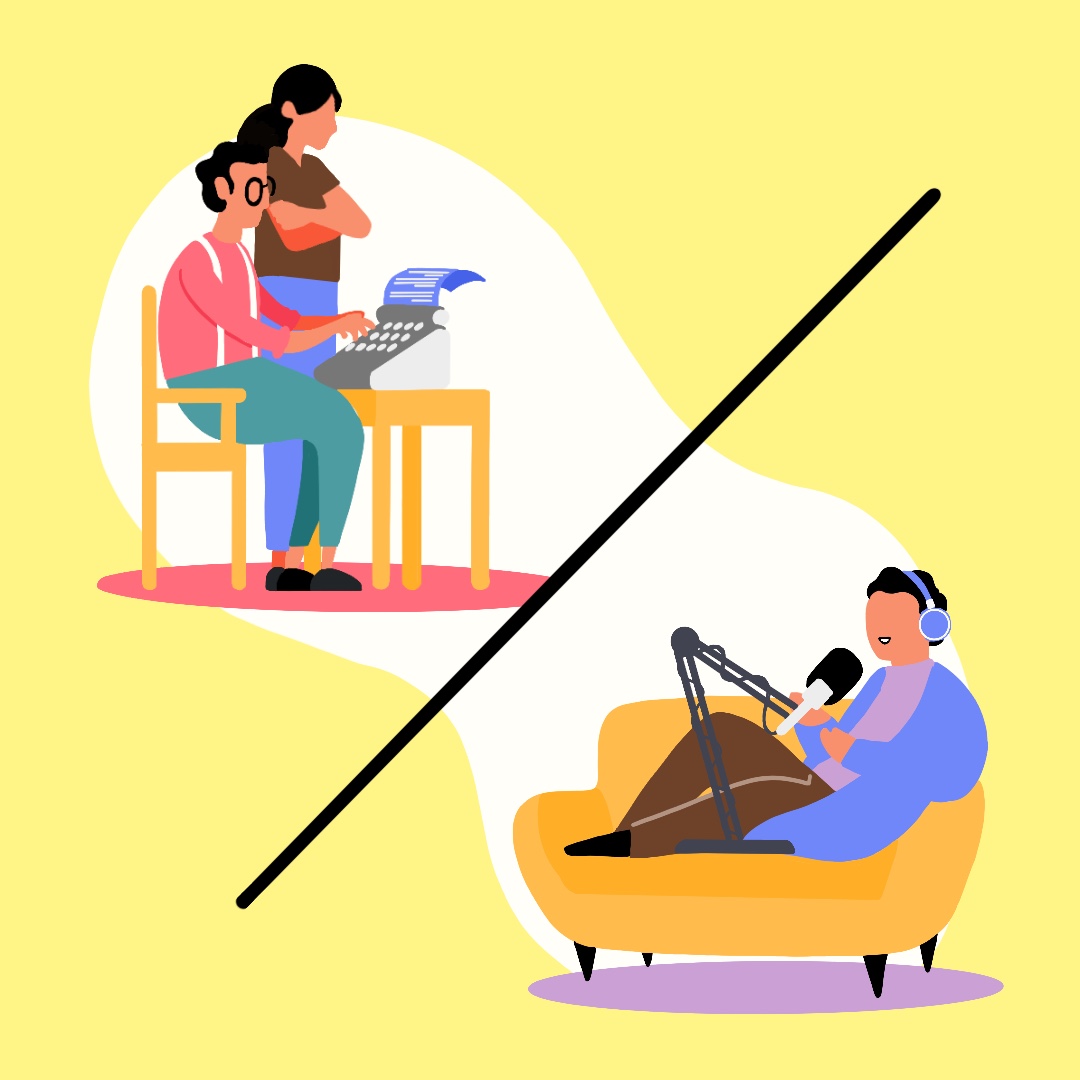Imagine.
You’re barely 20 years old. You’re the daughter of the late Gianni Versace and the heiress of his international fashion dynasty, and you enjoy princess-level status as runway royalty in all the world’s capitals.
You’re even using some of that $700 million to work on a bachelor’s degree from Brown University in Rhode Island, of all places!
Are you a happy and healthy young debutante? Vivacious and brimming with life?
Now picture this.
Your skin is gray and ashen. You clearly need around-the-clock psychiatric and medical supervision, and you might soon be eating your meals not with a silver spoon, but through a tube in your nose.
You also weigh as much as the average 9-year-old.
Seventy pounds.
“Our daughter, Allegra, has been battling anorexia, a very serious disease, for many years,” Italian fashion designer Donatella Versace (Gianni’s younger sister) and her former beau Paul Beck announced in a statement on Tuesday.
Versace and Beck went on to comfort us that “she is receiving the best medical care possible to help overcome this illness and is responding well.”
According to Woman’s Day magazine, a Versace family employee was bearing tragic witness to Allegra’s wasting away.
“It was the most sad and traumatic experience of my life,” he said. “Her arms are like candlesticks. Her skin is this unnatural color I’ve never seen before.”
A spokeswoman for Versace and Beck has denied that the couple’s daughter is currently living in a hospital, but the picture is clear.
There is an image problem in the fashion industry, and it’s finally reaching the boardroom.
Of course, before Allegra became the first fashion executive to visibly deteriorate this week, many other children have suffered along the way – off the catwalk.
The number of Americans with eating disorders has more than doubled since the 1960s, with an estimated 10 million girls and 1 million men affected by anorexia nervosa, bulimia nervosa, binge-eating and many other similar afflictions, according to the American Academy of Child and Adolescent Psychiatry.
If, say, the existence of influenza or measles doubled in the span of a few decades, we’d call it an epidemic, but because eating disorders are written off as second-rate “mental illnesses,” we too often consider it a cultural byproduct of little medical interest.
What we forget is that anorexia is the No. 1 killer of females ages 15 to 24 – more than all other causes combined, according to AACAP.
The disease also has a casualty ratio that would make Donald Rumsfeld green with envy – it is fatal to 15 to 20 percent of those affected.
Further troubling is evidenced in Versace and Beck’s statement that Allegra has been fighting anorexia for “many years,” even at the tender age of 20.
Perhaps we’ve finally come to the collective realization that fashion kills, and it is taking our youngest and most fragile.
A whopping 60 percent of middle and high school girls say that the pictures in fashion magazines influence their ideas about desirable body types, and nearly half say it makes them want to lose weight, according to the Renfrew Center Foundation in Philadelphia.
And yet accountability for this silent serial murderer has remained chameleonic and, oddly, deemed unworthy of even becoming a political football.
But how do you legislate bodies? Where do you begin? We could ask the Spanish, for one.
Last September, the Madrid regional government enforced a ban on underweight models for the city’s fashion week, thus disqualifying more than 30 percent of the previous year’s participants.
The Spanish Association of Fashion Designers imposed restrictions based on World Health Organization guidelines for body mass index, which is a calculation based on a height-to-weight ratio.
At 70 pounds, one would expect a girl to be nine or 10 years old and four feet tall, not a college student more than five feet tall, like Allegra Versace.
But we all know that so many of our iconic “beautiful women” are gracing pages when they should be grazing plates – Kate Moss, Carmen Kass and Fabiana would all fail a BMI test miserably.
“We worked hard to restrict advertising for alcohol and tobacco because of the potential dangers to our young people, and fashion is now the only major industry without health guidelines,” says Lynn Grefe, CEO of the National Eating Disorders Association in Seattle.
“It is high time we ask for some responsibility from within the industry for the impact fashion has on potentially life-threatening eating disorders,” Grefe told Women’s eNews last September.
Will such culpability come? Not likely if we believe Cathy Gould of New York’s Elite modeling agency.
“I understand they want to set this tone of healthy beautiful women, but what about discrimination against the model, and what about the freedom of the designer?” she wondered to the BBC last fall.
If Allegra Versace survives the next few weeks, then perhaps we can talk about the freedom of the designer.
Imagine that first, Cathy.
Adri Mehra welcomes comments at amehra@mndaily.com.







